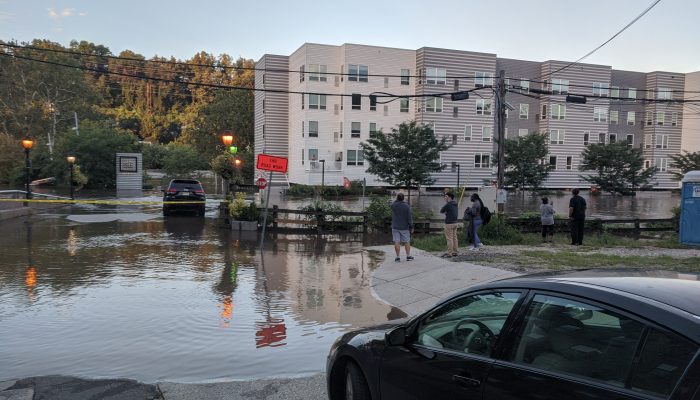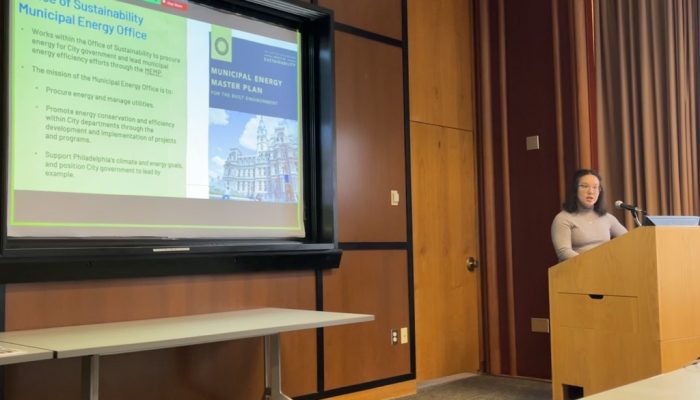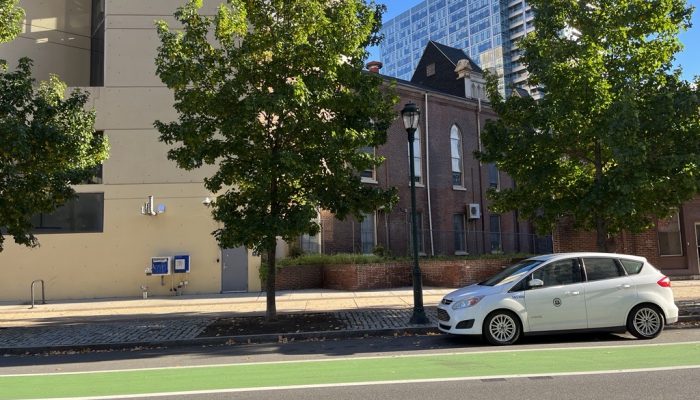The Energy Office (EO), housed within the Office of Sustainability, procures energy for City government and leads municipal energy efficiency efforts, as laid out in the Municipal Energy Master Plan and Greenworks: A Vision for a Sustainable Philadelphia.
The EO works with City employees to reduce energy use, greenhouse gas emissions, and costs in City-owned buildings through educational outreach about energy conservation, efficiency programs, and energy retrofit projects. The team also manages the City’s utility bills, implements energy efficiency projects, purchases energy, and benchmarks City-owned buildings.
Five staff members currently make up the EO team:
- Dominic McGraw, City Energy Manager
- Madeline Schuh, Senior Energy Management Analyst
- Avennia Maragh, Data Analyst
- Tammy Lee, Project Manager
- Dora Chi, Program Coordinator.
Coding in the Energy Office
With their recent arrival to the EO in mid-2020 and early 2021, respectively, Madeline and Avennia have introduced coding to improve operations. The duo is responsible for managing utility bills for the City, ensuring bills are accurate, approving bills for payment, and recording them for future reference. Many bills arrive in PDF form and must be organized by funding source and department before being uploaded to EnergyCAP, an energy management and accounting software product. However, the time required to manually sort and upload the data from the City’s hundreds of accounts creates a bottleneck in the office’s workflow.
Using Python, a type of programming language, the EO can now automatically select and sort the utility bills based on the account number. The team created a specific code that scans through the text of PDF bills and extracts relevant billing information. The extracted billing data is then put into a data frame, exported as an Excel file, and uploaded into EnergyCAP. The programming fix even took care of renaming the files by the department responsible for the tab, enabling the EO to streamline communications with departments and better support their energy management needs.
Thanks to this new and improved method, bill uploads now take fewer than 10 minutes, compared to about an hour. This significant, time-saving method helps the EO work more efficiently and accurately to better monitor utility costs and potential savings!




